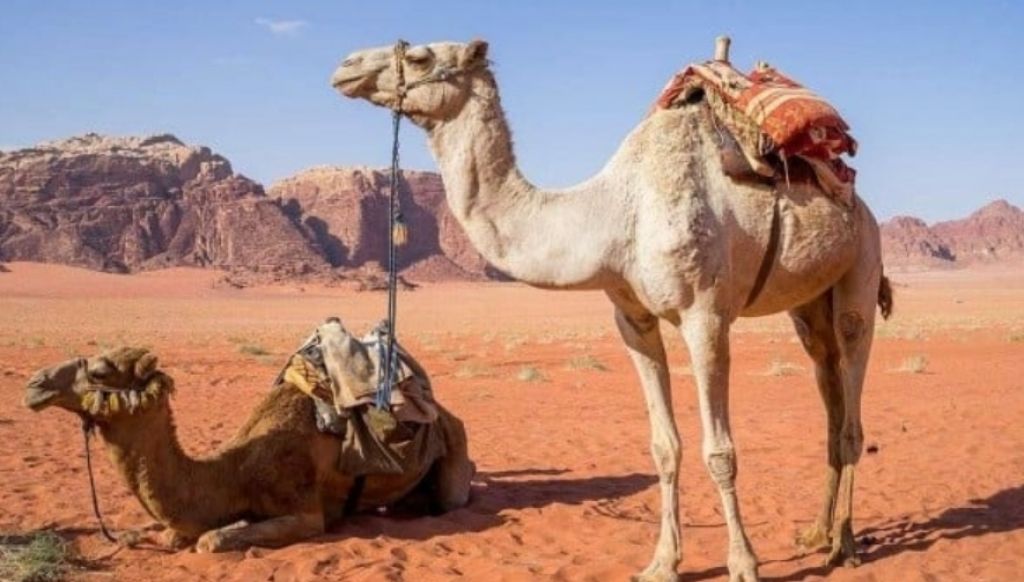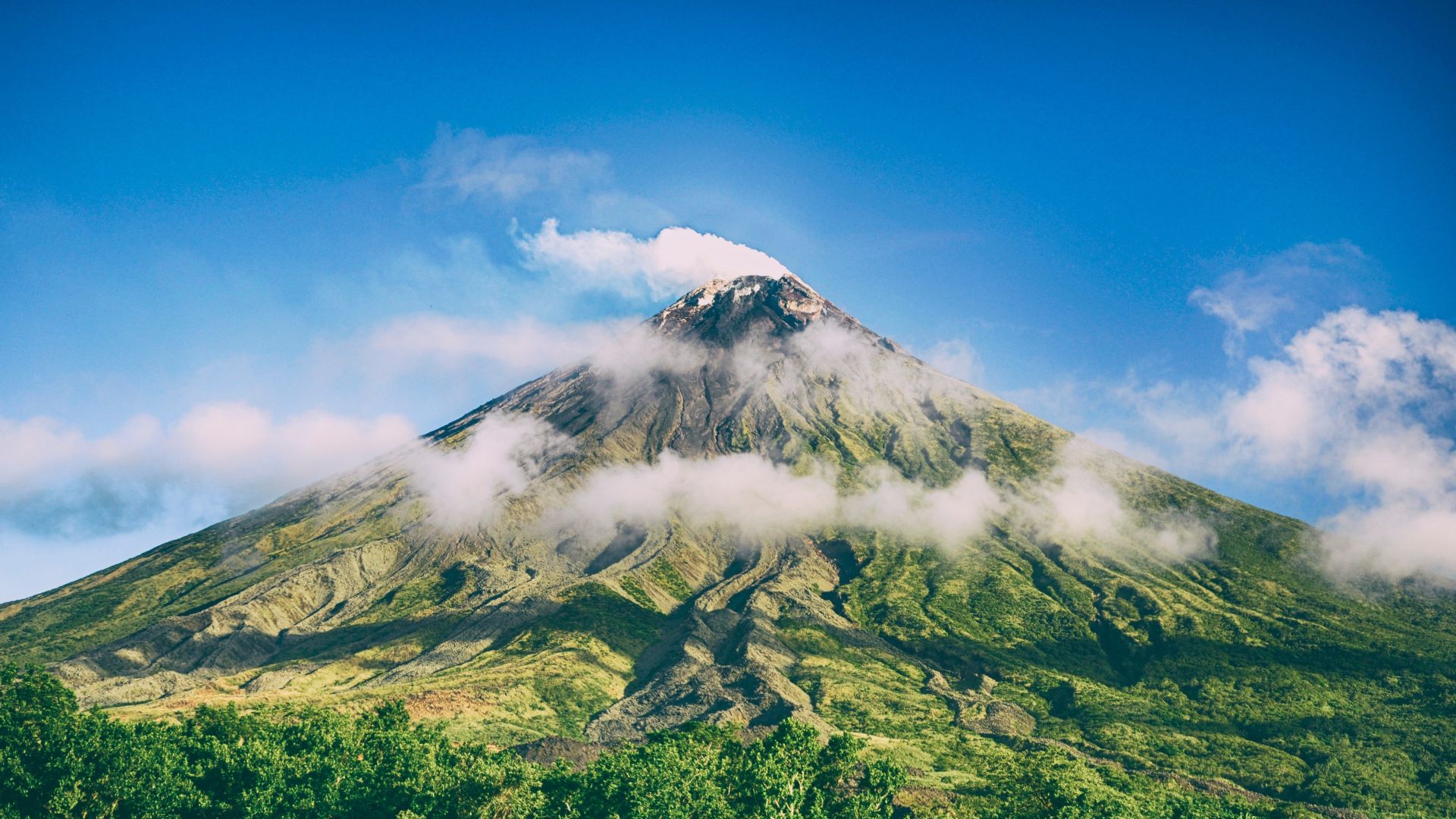
The image of a camel traversing the vast desert sands has become synonymous with resilience and survival in extreme environments. Camels are well-known for their ability to thrive in the harsh and arid conditions of the desert. But what makes them so perfectly suited to this environment? In this article, we will delve into the fascinating adaptations that allow camels to live in the desert and highlight the remarkable ways in which they have evolved to conquer these unforgiving landscapes.
- Water Conservation
One of the key reasons camels thrive in the desert is their exceptional ability to conserve water. They have specialized physiological and behavioral adaptations that enable them to withstand long periods without drinking. Camels can drink large amounts of water quickly when it is available, and their kidneys efficiently reabsorb water, minimizing fluid loss in urine. Additionally, they have the remarkable ability to tolerate significant dehydration without harm, allowing them to survive in environments where water sources are scarce.
- Efficient Temperature Regulation
Deserts are known for their extreme temperature fluctuations, with scorching heat during the day and frigid cold at night. Camels possess several adaptations that help them regulate their body temperature and withstand these extremes. Their thick coats insulate them from the intense heat of the sun, while also providing insulation during colder nights. Furthermore, camels have a unique circulation system that allows them to cool down by redirecting blood away from their extremities, preserving heat in their core.
- Adaptations for Sand and Dust
Deserts are often characterized by vast expanses of sand and blowing dust, which can pose challenges for survival. Camels are equipped with adaptations that enable them to navigate and endure these conditions. Their broad, padded feet help distribute their weight over the soft sand, preventing them from sinking. Additionally, they have protective nostrils and long eyelashes that shield them from blowing sand and dust, allowing them to see and breathe more easily.
- Nutritional Adaptations
The desert landscape presents limited food resources, mainly consisting of dry and thorny vegetation. Camels have evolved unique digestive systems that allow them to extract maximum nutrition from these sparse food sources. Their stomachs are divided into compartments, with the first compartment, the rumen, acting as a fermentation chamber to break down tough plant fibers. This adaptation enables camels to efficiently extract nutrients and water from their food, helping them sustain themselves in environments with limited forage.
- Social Structures
Camels have also developed social structures that contribute to their survival in the desert. They often travel in herds, which provides them with safety in numbers and increases their chances of finding food and water. By sharing resources and cooperating within the group, camels can navigate the challenges of the desert more effectively.
Camels’ ability to thrive in the desert is a testament to the marvels of adaptation and evolution. Through their water conservation mechanisms, efficient temperature regulation, adaptations for sand and dust, specialized digestion, and social structures, camels have conquered the challenges posed by these extreme environments. Their unique traits and abilities allow them to endure and flourish where many other species would struggle. Camels stand as remarkable examples of nature’s ingenuity, providing us with valuable insights into the wonders of adaptation in the face of adversity.














